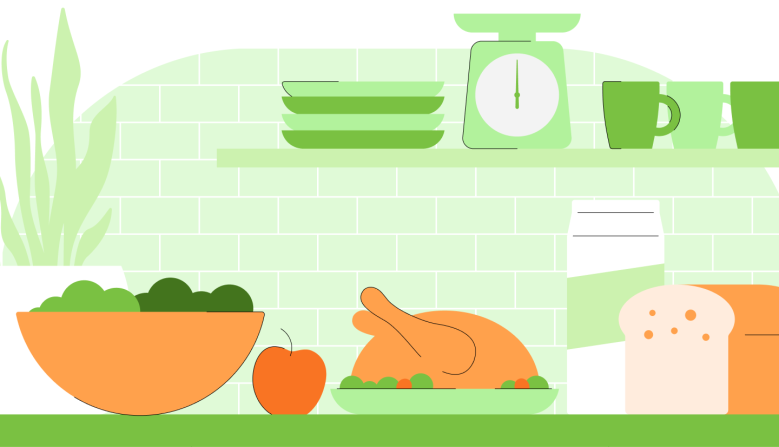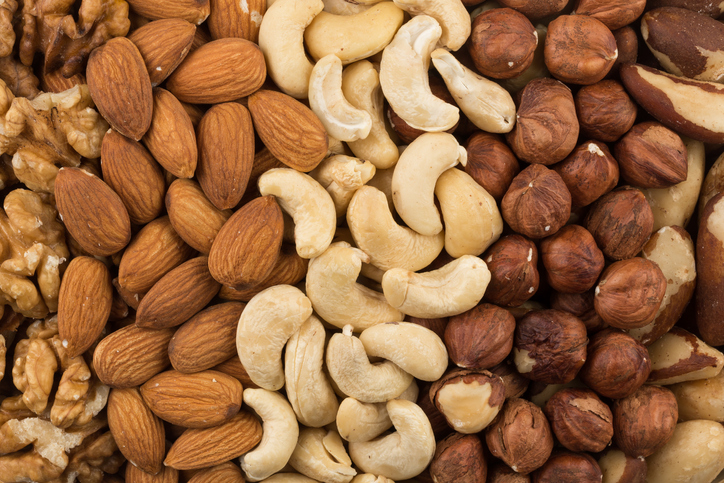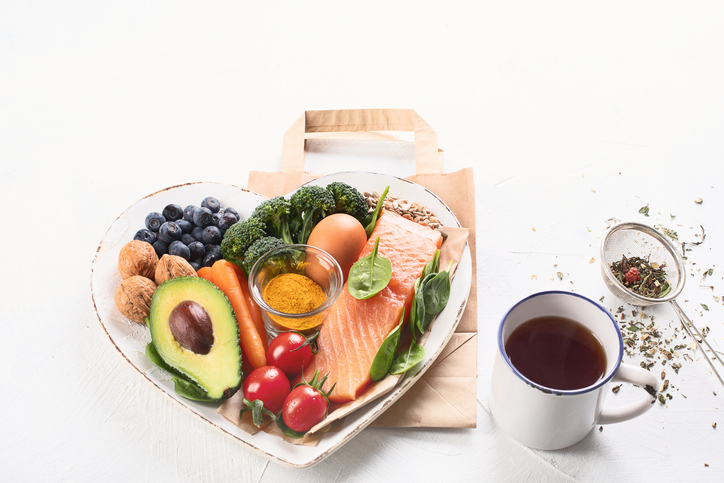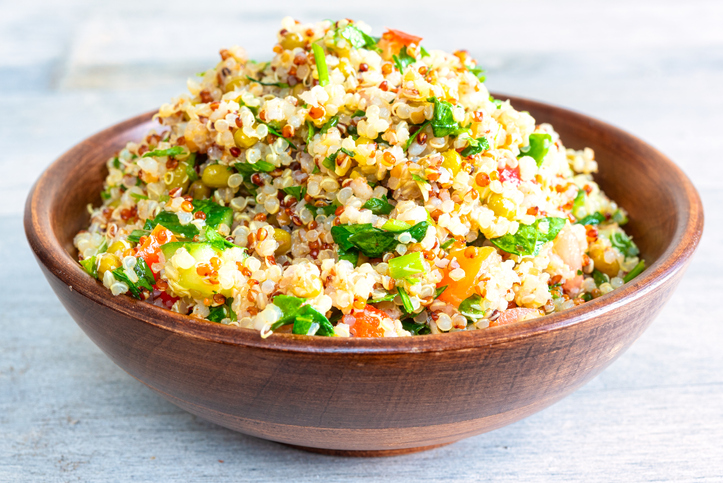9 Ways to Snack Smarter
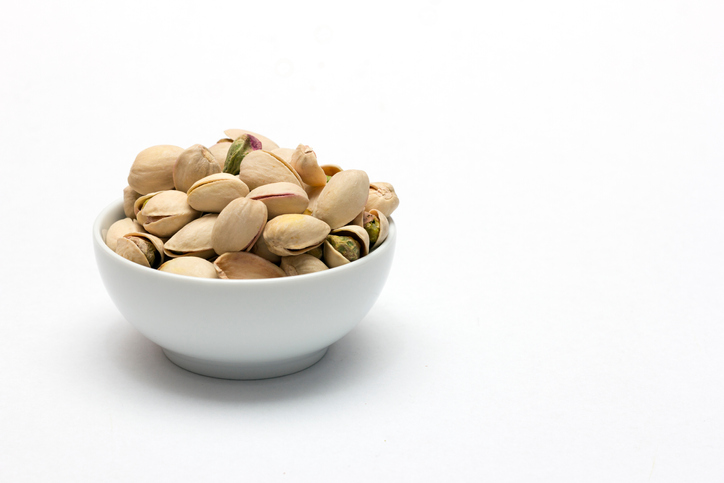


Eating a snack or two between meals can curb hunger so that you don’t inhale the dining room table when you finally sit down to supper. Snacking can also help you get in all the nutrients you need. On the flip side, grazing all day—particularly on foods of little nutritional value—may result in eating too much and packing on extra pounds. The key is taking a smart approach to snacking. Here are some simple strategies to get you started.
1. Slow down.
Take some time to enjoy what you’re eating. If that’s hard to do, try eating unshelled pistachios or other foods that take some effort to uncover, like oranges. The pile of empty shells or peels is a good visual cue to remind you to keep an eye on serving sizes.
2. Keep chickpeas in the pantry.
They have a meaty texture and a nutty flavor along with plenty of satiating fiber and a little protein—the perfect combination for a filling snack. Toss chickpeas with crunchy veggies and shallots and drizzle with a hint of olive oil and a squeeze of lemon. Just be sure to watch your serving size.
3. Toss grapes in the freezer for an easy snack.
Because they’re sweet and you savor them individually, you’ll get a lot of satisfaction for just a handful of calories.
4. Include a treat every day.
Believe it or not, giving yourself little treats may be the secret to losing weight—for good. Aiming to be “too good” sets you up to fail. If you like a glass of wine with dinner, make room for it. Prefer dessert? Skip the drink and go for a low-calorie chocolate treat instead.
5. Snack (and multitask) mindfully.
Munching mindlessly in front of the TV is a surefire way to eat unnecessary calories—but that doesn’t mean you can’t enjoy a bowl of freshly popped popcorn or your favorite snack. Instead of popping a big bag of microwave popcorn, for example, choose a “mini” 100-calorie bag. And be sure to account for those calories elsewhere in your day.
6. Use snacks to fill nutritional gaps.
Make your snacks count. Choose those that provide calcium and fiber—two nutrients that people often skimp on. Two snacks to try: a cup of plain yogurt with a half-cup of whole-grain cereal mixed in, or a skim latte plus an apple.
7. Brown-bag your snack.
Skip the vending machine and satisfy the afternoon “munchies” with a healthy snack you packed at home. You’ll save money and get a bigger bang for your nutritional buck. Try an ounce of almonds and an orange, or a handful of pretzels with some hummus. Planning snacks that provide both carbohydrates and protein will help tide you over until dinner.
8. Choose your “midnight” snack wisely.
If a good night’s sleep is what you crave, there may be a food combination to help. Specialists recommend a pre-slumber snack that’s rich in carbohydrates and contains a bit of protein; this combination is said to increase the tryptophan levels in the brain, causing you to sleep more soundly. Try low-fat yogurt with a sprinkle of granola, a small bowl of oatmeal, or a sliced apple with a bit of peanut butter.
9. Don’t get tripped up by travel.
However often you travel, prepare in advance so you’ll have healthy snacks to eat en route. For shorter trips, pack a quarter-cup of dried fruit, such as apricots, a handful of almonds and a few whole-wheat crackers as healthier alternatives to the salty snacks you might find at convenience stores or the airport. Sip plenty of water along the way to arrive better hydrated.
© Meredith Operations Corporation. All rights reserved. Used with permission.














